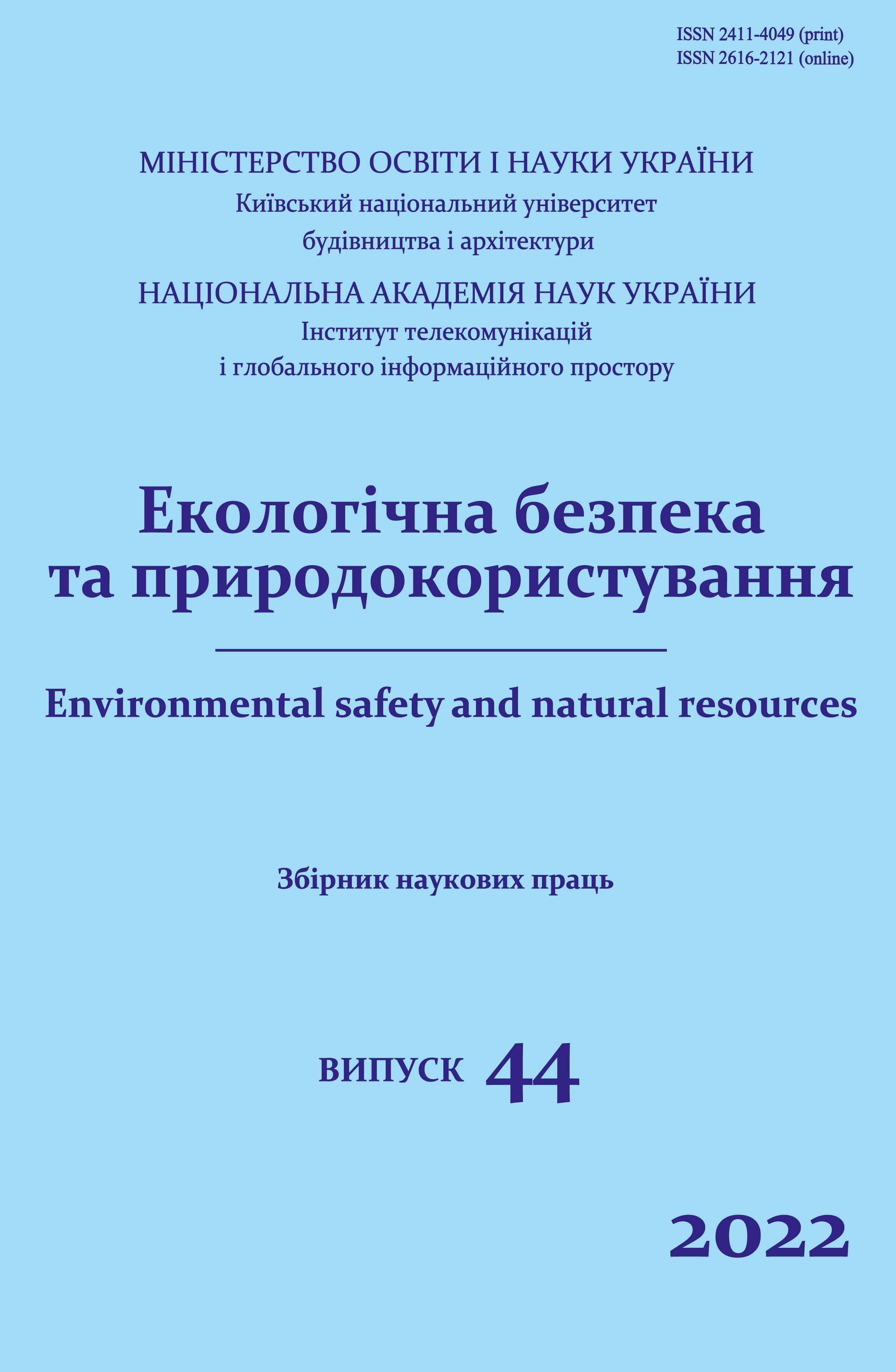Criteria of thermochemical conditions of steam gas explosions in dynamic accident modes at nuclear power units with WWER reactors
DOI:
https://doi.org/10.32347/2411-4049.2022.4.128-134Keywords:
steam-gas explosion, nuclear power unitAbstract
The main lessons of the major accident at the Fukushima-Daiichi NPP in 2011 for the nuclear power industry identify the need to model, analyze and develop emergency measures for relatively unlikely events with catastrophic environmental consequences, taking into account multiple failures of safety systems. Steam-gas explosions became one of the main causes of the catastrophic environmental consequences of the Chernobyl and Fukushima accidents. Criteria and conditions for the occurrence of steam-gas explosions in dynamic emergency modes in the "tight" reactor circuit of nuclear power reactor units (NPP) with water-water reactors (WWER) with failures of safety systems valves and emergency steam gas removal are determined by the rate of change of thermodynamic and physico-chemical parameters. A method for determining the criteria and conditions for the occurrence of steam-gas explosions in dynamic accident modes with a "tight" reactor circuit and failure of safety valves for modeling the initial emergency events – seismic effects, falling of massive objects, etc. is presented. The conditions for the occurrence of hydrogen explosions are determined by the maximum rate of increase in the temperature of fuel oil shells, and the conditions for steam explosions are determined by the maximum rate of pressure increase as a result of the intensification of vaporization processes. The criteria for the occurrence of steam explosions in dynamic emergency modes are determined by the maximum pressure amplitude and the propagation speed of acoustic disturbances in the steam volume. And the criteria for hydrogen detonation in dynamic emergency modes are determined by the maximum amplitude of the increase in the temperature of the fuel shells and the average flow rate of the coolant in the active zone of the reactor.
References
IAEA International Fact Finding Expert Mission of the Fukushima Dai-Ichi NPP Accident Following the Great East Japan Earthquake and Tsunami: IAEA Mission Report. (2011). IAEA.
Skalozubov, V.I., Huiyu, Z., Chulkin, O.A., & Pirkovskiy, D.S. (2017). Modelling method of conditions for reliability-critical hydraulic impacts on pumps of thermal and nuclear power plants. Problems of Atomic Science and Technology, 4(110), 74–78.
Skalozubov, V., Bilous, N., Pirkovskiy, D., Kozlov, I., Komarov, Yu., & Chulkin, O. (2019). Water hammers in transonic modes of steam-liquid flows in NPP equipment. Nuclear & Radiation Safety, 2(82), 46–49.
Skalozubov, V., Kozlov, I., Chulkin, O., Komarov, Yu., & Piontkovskyi, O. (2019). Analysis of reliability-critical hydraulic impact conditions at WWER-1000 NPP active safety systems. Nuclear & Radiation Safety, 1(81), 42–45.
Vyshemirskij, M.P., Mazurok, A.S., & Nosovskij, A.V. (2013). Analiz vlijanija nachal'nyh i granichnyh uslovij na formirovanie termoudara korpusa reaktora. Jaderna ta radіacіjna bezpeka, 1(57), 26–30.
Mazurok, A.S., Alekseev, Ju.P., Krushinskij, A.G., & Kornickij, A.V. (2012). Validacija teplogidravlicheskoj modeli reaktornoj ustanovki s detal'noj razbivkoj opusknogo uchastka dlja analiza termicheskih nagruzok na korpus reaktora. Jaderna ta radіacіjna bezpeka, 1(53), 16–21.
Rezul'taty provedenija stress-testov: Nacional'nyj otchet Ukrainy. (2011). GIJaRU.
Vorob'ev, Ju.Ju., Perepelica, M.L., & Sverdlov, V.V. (2012). Analiz tjazheloj avarii v bassejne vyderzhki otrabotavshego topliva dlja jenergobloka VVJeR-1000 pri pomoshhi MELCOR 1.8.5. Jaderna ta radіacіjna bezpeka, 3(55), 3–9.
Accident Management Programs in Nuclear Power Plants: A Guidebook. Technical Report Series No 368. Vienna.
Beclman, R.J. Soviet-Designed Pressurized Water Reactor Symptomatic Emergency Operating Instruction Analytical Validation Procedure. International Nuclear Safety Program. Idaho.
Antonyuk, N., Gerliga, V., & Skalozubov, V. (1990). Excitation of thermoacoustic oscillations in a heated channel. Journal of Engineering Physics and Thermophysics, 59(4), 1323–1328.
Downloads
Published
How to Cite
Issue
Section
License
Copyright (c) 2022 V.M. Vashchenko, V.I. Skalozubov, I.B. Korduba, S.I. Kosenko, O.H. Zhukova

This work is licensed under a Creative Commons Attribution 4.0 International License.
The journal «Environmental safety and natural resources» works under Creative Commons Attribution 4.0 International (CC BY 4.0).
The licensing policy is compatible with the overwhelming majority of open access and archiving policies.

